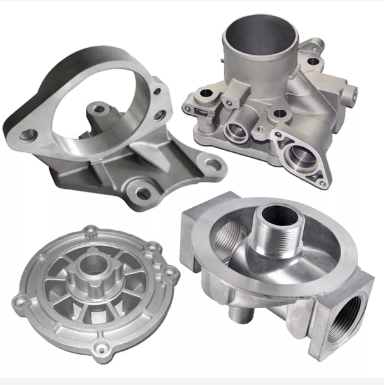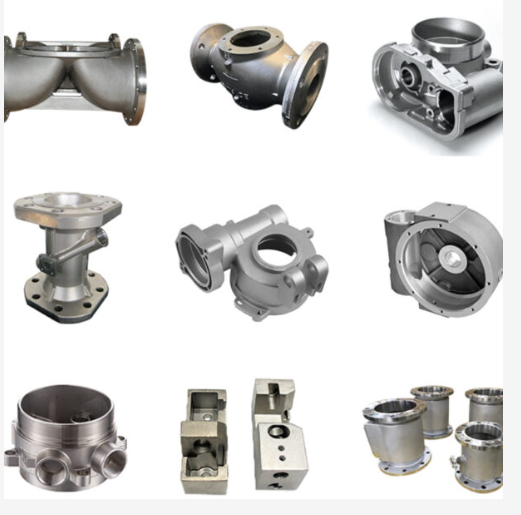Not all stainless steel is created equal.
The grade of stainless steel you choose for fasteners like nuts, bolts, screws, rivets, and anchors significantly impacts their durability, corrosion resistance, and suitability for various environments.

To make informed decisions, it’s crucial to understand the key differences between 18-8, 304, and 316-grade stainless steel.
Here’s a simplified breakdown:
18-8 Grade Stainless Steel
Composition:
- Contains 18% chromium and 8% nickel.
- Part of the 300 series of stainless steel.
Characteristics:
- Offers excellent corrosion resistance, superior to the 400 series.
- Cannot be hardened by heat treatment, only through cold working.
- Non-magnetic.
Pros:
- Highly resistant to general corrosion.
- Can be bent and molded without compromising strength and durability.
- Budget-friendly and requires minimal maintenance.
Cons:
- Susceptible to corrosion in environments with chlorides, such as salt water.
Applications:
- Commonly used in industries like wastewater treatment, food service, medical, and transportation.
- Not suitable for marine applications due to its vulnerability to saltwater corrosion.
304 Stainless Steel
Composition:
- A basic alloy containing 18–20% chromium and 8–10.5% nickel.
Characteristics:
- Non-magnetic and cannot be hardened by heat treatment.
- Tarnish-resistant and offers strong resistance to various chemicals and acids.
Pros:
- One of the strongest and most versatile stainless steels.
- Good resistance to corrosion in many environments.
- Easier to shape and mold than 316 stainless steel.
Cons:
- Prone to corrosion in saltwater environments, similar to 18-8.
Applications:
- Commonly used for sinks, pots, pans, tables, and equipment in the dairy, food, and brewing industries.
316 Stainless Steel
Composition:
- Similar to 304 but with the addition of up to 3% molybdenum.
Characteristics:
- Non-magnetic and must be hardened through cold working.
- Offers exceptional corrosion resistance, even in harsh environments.
Pros:
- Higher tensile strength and durability compared to 304.
- Resistant to saltwater corrosion, pitting, and caustic chemicals.
Cons:
- Less malleable than 304 stainless steel.
- Significantly more expensive than 304 and 18-8 grades.
Applications:
- Ideal for marine environments, chemical processing equipment, heat exchangers, and furnace parts.
- Commonly used in the surgical and paper pulp industries.
Key Differences at a Glance
| Grade | Corrosion Resistance | Strength & Durability | Malleability | Cost | Best Uses |
|---|---|---|---|---|---|
| 18-8 | Good (not in saltwater) | Moderate | High | Budget-friendly | General industrial use |
| 304 | Better than 18-8 | High | Higher than 316 | Moderate | Food, dairy, brewing |
| 316 | Excellent (saltwater-safe) | Very high | Moderate | High | Marine, chemicals, medical |
Choosing the Right Stainless Steel for Your Application
Selecting the right grade of stainless steel ensures optimal performance and durability for your specific needs. For example:
- Use 18-8 or 304 for general industrial applications and indoor environments.
- Choose 316 for marine, chemical, or harsh environments where maximum corrosion resistance is required.
Find Premium Stainless Steel Fasteners at Hengke Metal
Hengke Metal offers a wide range of stainless steel fasteners in all grades, including 18-8, 304, and 316.

Whether you need high corrosion resistance, strength, or cost-effective options, we have the perfect solution for your project.
Contact us today via email or phone to learn more about our products and get expert guidance on selecting the right fasteners for your application.

 By Mr.Sun
By Mr.Sun



